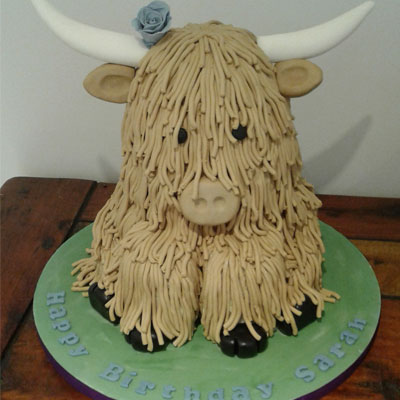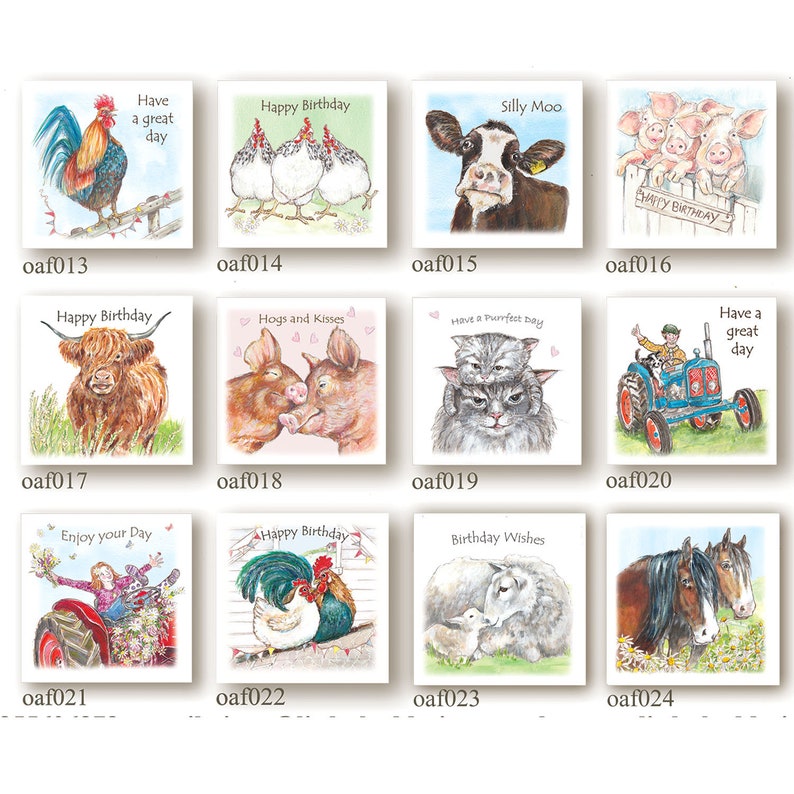

The most important and interesting differences are: There are some obvious and not obvious differences when we compare Highland cattle vs other cattle. The Difference Between Scottish Cow And Other Cattle It can’t be cured at the time and is usually lethal for the fuzzy cow). Diarrhoea, caused by the so-called “John’s disease”.Early on, it’s important to keep an eye on their feet, as foot issues are common among the Scottish cow kind.Pink eyes usually occur in summer, due to the flies swarms and the dust.It’s necessary to protect them from tetanus, black disease, pestivirus, and other common diseases A baby highland cow should be vaccinated once a year once they are older, than 3 months.Still, there are some common issues, which any farmer should be aware of:

The health of the Scottish highland cows is quite strong, and they are nearly immune to a wide list of diseases, including eye cancer illness. By trampling these areas with their hooves, hairy cows give flowers another chance to grow and blossom.
#Scottish highland cattle happy birthday how to
How To Care For And Maintain The Scottish Highland Cows It seems that they really adore the beef taste of the highland cows to justify such a step. Even more – in 1954 the royal family from the Balmoral Castle started to maintain their own fold of fuzzy cows.

They were quite imposing, yet elegant creatures, and since then they became popular and recognizable highland cattle. It is known that the Mainland type of Scottish cow won the favor from the Queen Victoria herself. They were less hairy and their main color was brown or ginger. The Mainland, on the other hand, were bigger as they had access to a larger variety of nutrition. Also, these were quite hairy cows as they had to withstand the low temperatures. They were smaller than the Mainland type and their color was black. Their name is related to the “kyles” – an isthmus in the river, where farmers led their cattle to the marketplace. The Kyloe originated from the Western Islands of Scotland, where the climate is quite harsh. They were first described on 10th June 1885 in the Herd Book of the Highland Cattle Society. There are two main types of Scottish cattle: Kyloe and Mainland. Even though, they can be found in Australia, Canada, Denmark, Finland, and the United States of America. The motherland of the Highland cows is Scotland. There they’ve adapted to the cold climate and grow their hair, which keeps them protected from the harsh environment during the entire year. Eventually, the herds migrated from Africa to the north lands of Europe, including England and Scotland specifically. They were known as Hamitic Longhorn – the cattle of kings, and have Egyptian roots (dated around 4000 years B.C.). Some say that the royal predecessor of the Scottish Highland cow is Ankole-Watusi. Scottish Highland Cow – Historical Roots And Habitat


 0 kommentar(er)
0 kommentar(er)
